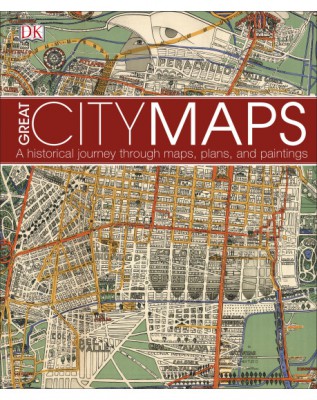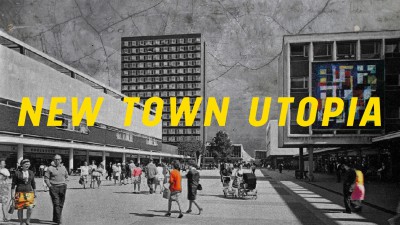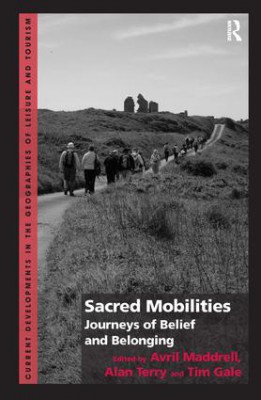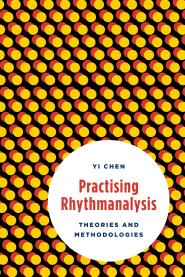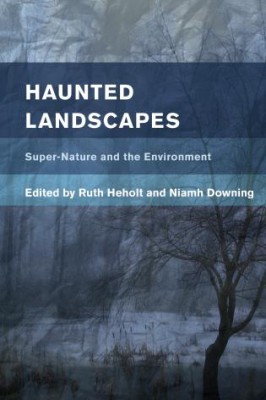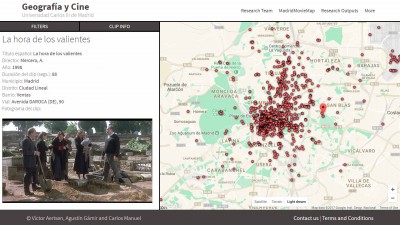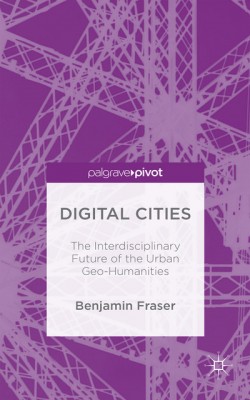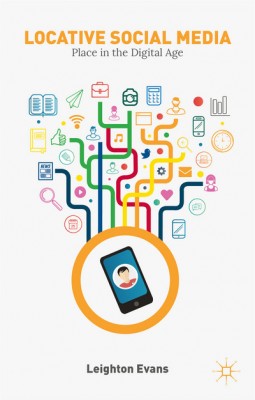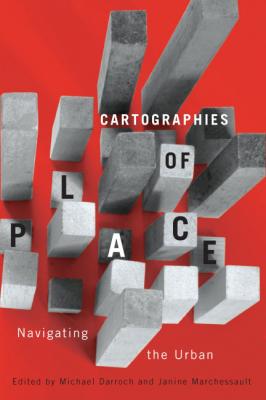Media’s Mapping Impulse
Cartography
is one of the oldest forms of media. In both cartography and media,
meaning, ideology, and power are habitually arbitrated across and
through space and time. While critical cartographers
have shed light on mapping’s innate tendency toward the objectification
of spatial relations, a (masculine) gaze that it cannot disown, these
same power relations are equally embedded in media’s voyeuristic and
controlling tendencies. Media, moreover, in
all its diverse forms, has an underlying mapping impulse – a proclivity
to comprehend itself and be rendered comprehensible through metaphors
of topologies, networks, and flows that lead to the constant evacuation
of spaces in order to produce places of communication.
This mapping impulse is hardly new, but rather has been part of media
all along. Visual media, for instance, developed out of a mapping
impulse during the Renaissance, which led to the scopic regimes of
projectionism and perspectivalism and their related
technologies. Both media and cartography are never static, but rather
are ongoing scopic and discursive regimes that continually make and
remake the terms in which we understand and interact with our world.
And yet,
the mapping impulse of media is both overt and subtle. Think, for
instance, of the subtle duplicity of Hollywood’s runaway productions,
which creatively map Toronto as the “other” New
York, Romania as North Carolina, or South Africa as California.
Developments in mobile computing have not only increased the pace, flow,
and interaction of media across space, but also the ubiquity, and thus
the taken-for-grantedness, of mapping. More and
more, owing to the practices of the neogeographers of the Geoweb, media
requires a geographical situatedness in which and for which media can
take place. Here, locative media relies on programming languages and
APIs to construct geo-fencing, geo-tagging,
and geo-coding and to produce applications and services that localize
and individualize information to one’s liminal, transitory, and fleeting
lived space. Consider, for example, the ways in which (geo)web 2.0
unites one’s virtual and physical presence (if
such a distinction can be made) via services such as FourSquare or
Facebook check-ins that announce one’s whereabouts to friends and
acquaintances.
With this
collection of papers we seek to illuminate media’s mapping impulse by
exploring the relationship between cartography, geospatial technologies,
and locative media on the one hand, and new
and traditional media forms such as social media, mobile apps,
television, film, and music, on the other.
Media’s Mapping Impulse will be an international and
interdisciplinary gathering of essays to be printed in the acclaimed
Media Geography at Mainz (MGM) book series (www.geo.uni-mainz.de/mgm).
Possible themes
and areas of focus for this book include, but are not limited to:
montage and bricolage; the cartographic paradox and cartographic
anxiety; the spatial turn in media studies; GIS as media and the use of
GIS to understand media; sensorial cartographies, sound
and musical maps; cinematic cartographies; locative media, mobile apps,
and the everyday; sharing economies (AirBnB, Couch Surfing, Uber) and
the map; architectonics, spatial mobilities, haptical and emotional
cartographies; urban planning, media and the revisualization
of place.
Those
interested in participating should send an extended abstract (750-1,000
words), along with a curriculum vitae and contact information, to Laura
Sharp (laurasharp@email.arizona.edu)
with the subject line “Media’s Mapping Impulse.” We ask that all proposals be submitted on or before
September 15th, 2015. Responses to these proposals will be returned by
November 1st, 2015. If selected, full papers will be expected on or before
March 31, 2015. A blind review will be conducted on all papers. Final papers will be due no later than
June 1, 2016. All authors selected for the final collection will
be welcome to attend the “Media’s Mapping Impulse” symposium to be held
at the
Institute of Geography at the Johannes Gutenberg-University of Mainz in June 2016.
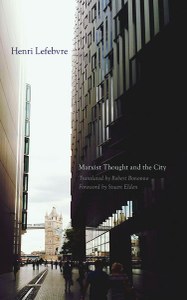

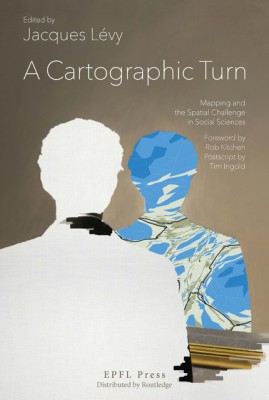 A Cartographic Turn: Mapping and the Spatial Challenge in Social Sciences
A Cartographic Turn: Mapping and the Spatial Challenge in Social Sciences 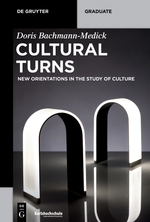 The contemporary fields of the study of culture, the humanities and the
The contemporary fields of the study of culture, the humanities and the